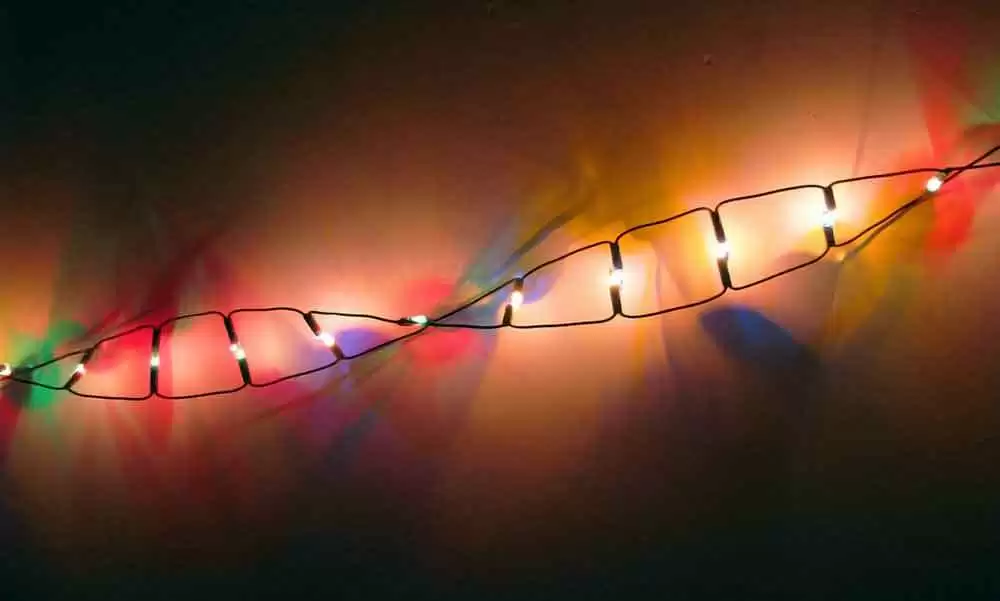Celiac.com 01/08/2024 - Celiac disease is a global autoimmune disorder that reveals the intricate interplay between our genes and the environment. At the heart of this condition is gluten, a protein found in common cereals like wheat, barley, and rye. While the genetic component, particularly the HLA-DQ2 or HLA-DQ8 haplotypes, is a recognized key player in celiac disease development, it's only part of a complex puzzle.
The manifestations of celiac disease vary widely, leading to delays in diagnosis. In a quest to uncover the missing pieces, researchers delved into the genetic realm, identifying shared genetic variants with other autoimmune diseases. However, this didn't paint the full picture, prompting a shift in focus towards epigenetics. The research team included Elisa Gnodi, Raffaella Meneveri, and Donatella Barisani, of the School of Medicine and Surgery, University of Milano-Bicocca in Monza, Italy.
Celiac.com Sponsor (A12):
Epigenetics explores inheritable traits not tied to DNA sequences but influenced by environmental factors. The latest studies zoom in on various epigenetic modifications in celiac disease, including DNA methylation, histone modifications, non-coding RNAs, and RNA methylation.
What's fascinating is that the currently identified genes only account for half of celiac disease predisposition. Epigenetic factors, influenced by gluten exposure, could be the missing link. DNA methylation, histone modifications, and non-coding RNAs play a role in different stages of gene expression, from transcription to post-translational processes.
Epigenetic changes, acting as additional predisposition factors, contribute to the nuanced stages of celiac disease, from active disease to the gluten-free diet phase. The intricate dance of these epigenetic factors, like microRNAs, guides the pathogenic pathways in celiac disease.
Moreover, the integration of epigenetic data with transcriptome analysis, using advanced techniques like machine learning, emerges as a powerful tool. This not only aids in stratifying patients based on their unique epigenetic profiles but also unveils novel players in the complex web of celiac disease pathogenesis. These findings open avenues for innovative therapeutic approaches.
In essence, celiac disease serves as a prime example of the genetic and epigenetic ballet shaping our health. As science unravels the mysteries hidden within our DNA and its epigenetic counterparts, we inch closer to personalized treatments and a deeper understanding of autoimmune complexities. The journey from genetics to epigenetics is a profound exploration, offering hope and new possibilities for those grappling with celiac disease.
Read more at: World J Gastroenterol 2022; 28(4): 449-463




.webp.713755507f2f9f885c9c32afd0dec2cb.webp)





Recommended Comments
There are no comments to display.
Create an account or sign in to comment
You need to be a member in order to leave a comment
Create an account
Sign up for a new account in our community. It's easy!
Register a new accountSign in
Already have an account? Sign in here.
Sign In Now